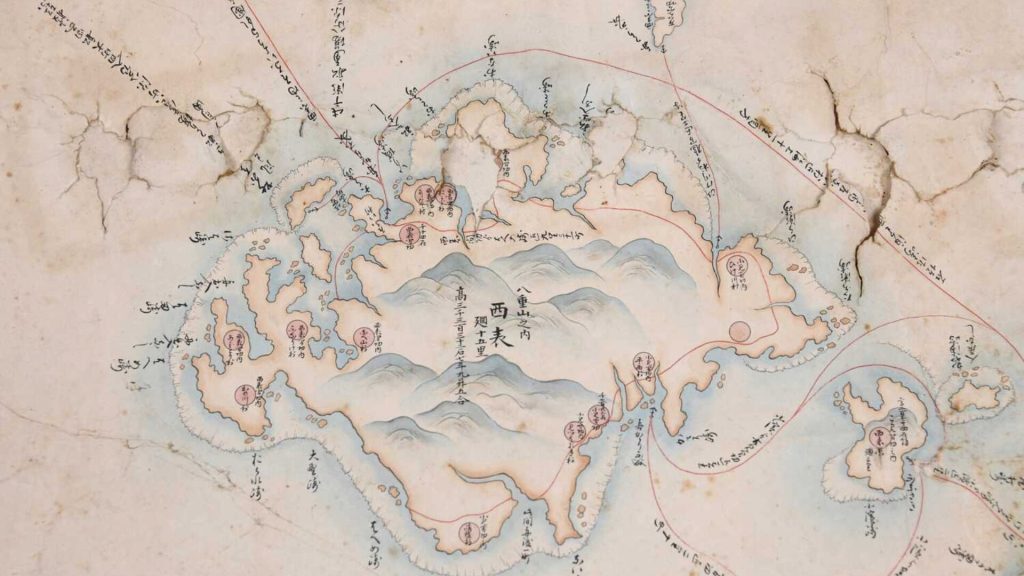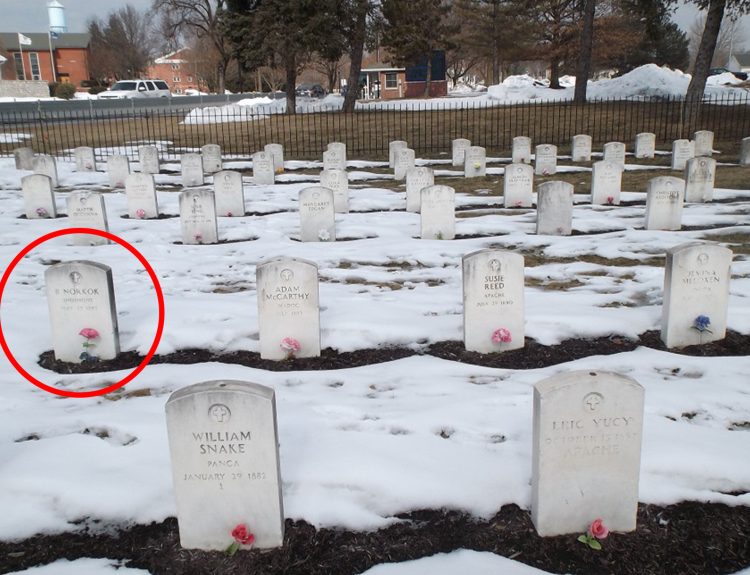When a loved one dies, it often falls to the family to go through the deceased person’s belongings and sort through the trash and the treasure. A family in Massachusetts were in for a surprise when they tackled the job of cleaning out their father’s attic after his passing.
In the attic, the man’s adult children stumbled upon nearly two dozen Japanese artifacts. As we will see, these were no ordinary souvenirs. Soon, the FBI and the governor of Okinawa got involved. Let’s see how this all played out.
An Unexpected Find and a Quick Google Search
The unnamed family members of the unnamed deceased gentleman discovered a collection of antique artifacts in the attic of their dearly departed father, an elderly World War II veteran. Included with the items was a typed letter stating that the objects were looted from Japan during the final days of World War II.

Special Agent Geoffrey J. Kelly of the FBI stated that the artifacts “looked old and valuable. And because of this, they did a little research and they determined that at least the scrolls had been entered about 20 years ago into the FBI’s National Stolen Art File.”
A Call to the FBI
The family reached out to the FBI at their Boston Field Office in January 2023. They explained the discovery of the artifacts in their father’s home and noted that their Google search showed that some of the items were listed as stolen art.

They added that their father was a veteran of World War II, however he did not serve in the Pacific Theater. Just how he acquired the artifacts is still unknown.
A Variety of Pieces
The collection included 22 items. As Special Agent Kelly explained, “They came across what appeared to be very valuable Asian art. There were some scrolls. There were some pottery pieces, and there was an ancient map.”

The six painted scrolls, Kelly added, dated to the 18th and 19th centuries. The hand-drawn map was also from the 19th century and depicted the city of Okinawa. Intricate plates, pottery bowls, and a statue of a turtle were also found in the attic.
The National Stolen Art File
Art theft is an international problem. To combat art crime and to share information with law enforcement agencies around the world, the United States’ Federal Bureau of Investigations launched its Art Theft Program in 1992. A key component of this program is the National Stolen Art File.

The National Stolen Art File is a database of stolen and missing art and cultural property. It includes items that have been stolen from museums, galleries, and libraries, as well as pieces stolen from individual art collectors. This database is available to the public so people can see if they are inadvertently in possession of a piece of stolen art, like the family in Massachusetts.
Looted Artifacts
The FBI special agents were able to determine that the items found in the attic were, indeed, looted from Okinawa, Japan. Among them were documents belonging to the Ryukyu Kingdom and the Okinawan royal family.

The art and cultural items had been added to the FBI’s National Stolen Art File in 2001, at the request of the Prefectural Board of Education in Japan. It was noted that the items were taken following the Battle of Okinawa.
The Battle of Okinawa
One of the last major battles in the Pacific Theater and one of the bloodiest fights of World War II, the Battle of Okinawa was fought between the Allied Forces and the Imperial Japanese Army on the island of Okinawa. The fighting began in April 1945 and ended in June 1945.

Okinawa was strategically significant to both sides of the war and the Allied troops were determined to seize control of the island. The fierce fighting included ground conflict, as well as naval bombardments and air attacks. The Allied victory in the Battle of Okinawa opened the door for their eventual invasion of the Japanese mainland.
Looting, an Unfortunate Side Effect of War
When the Allied troops secured control of Okinawa, some soldiers took the opportunity to steal items of value from the fallen enemy. This is sad and wrong, but it is nothing new. Looting is an unfortunate side effect of war.

Throughout World War II, there are numerous examples of troops looting galleries, museums, and the personal collections of wealthy citizens. Some of the stolen art that was taken by the Nazi was recovered hidden in caves, mines, and private homes as the war drew to the close.
The FBI Handed the Items Over to the Smithsonian
When the FBI took possession of the stolen Japanese artifacts found in the deceased man’s attic, the first thing they did was to deliver the items to the experts at the Smithsonian Institution’s National Museum of Asian Art.

The rolled-up scrolls were unfurled after decades in their hiding place. What they revealed was the startling color portraits of the royal family of Okinawa. Special Agent Kelly stated, “When taken together, they really represent a substantial piece of Okinawa history.”
Watching History Unfurl
Kelly added, “It’s an exciting moment when you watch the scroll unfurl in front of you. You witness history, and you witness something that hasn’t been seen by many people in a very long time.”

After the Asian art experts at the Smithsonian inspected the artifacts, they alerted Denny Tamaki, the current governor of the Okinawa Prefecture to the recovery of the objects. On March 15, 2024, Tamaki issued an official announcement that the stolen cultural and art objects had, at long last, been returned to the people of Okinawa.
The Role of the Public in the Recovery of Stolen Art
According to Special Agent Jodi Cohen of the FBI, “This case highlights the important role that the public plays in recognizing and reporting possible stolen art.”

She added, “We’d like to thank the family in Massachusetts who did the right thing in reaching out to us and relinquishing these treasures so we could return them to the people of Japan.”






